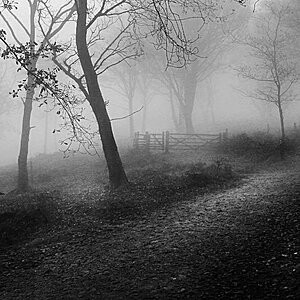mysteryscribe
TPF Noob!
- Joined
- Feb 1, 2006
- Messages
- 6,071
- Reaction score
- 3
- Location
- in the middle of north carolina
- Website
- retrophotoservice.2ya.com
- Can others edit my Photos
- Photos OK to edit
I have been going a little mad shooting paper negatives in a large format camera. I found something rather interesting but can't put a handle on it. I know about retroprocity (sp) but I can get a good paper negative at normal exposure down to about a minute, then it goes nuts. I mean really nutso.
After a minute I finally cranked the iso down to 1. I usually use five, Still couldnt get enough light on the paper. Then I added stops and i cant get a handle on it. It's making me crazy. I dont think I have made a single decent negatative longer than a minute exposure. Outside it works fine, its just in the studio that I can't make it work. Pin holes at fifteen minutes outside work peachy keen, but in the studio even with a decent lens I get bumpkus.
Anybody familier with paper negs from the camera.
After a minute I finally cranked the iso down to 1. I usually use five, Still couldnt get enough light on the paper. Then I added stops and i cant get a handle on it. It's making me crazy. I dont think I have made a single decent negatative longer than a minute exposure. Outside it works fine, its just in the studio that I can't make it work. Pin holes at fifteen minutes outside work peachy keen, but in the studio even with a decent lens I get bumpkus.
Anybody familier with paper negs from the camera.


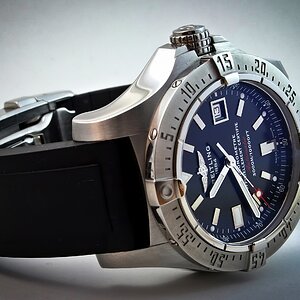
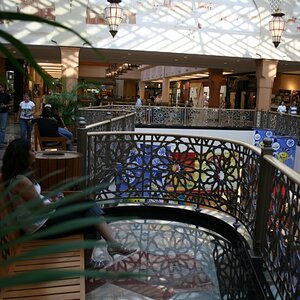
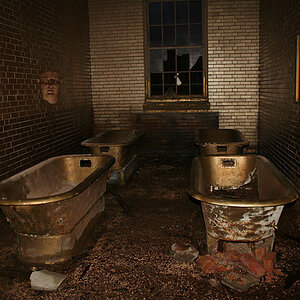


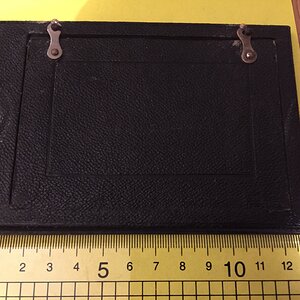


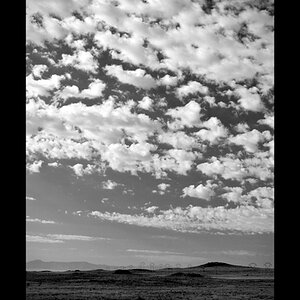

![[No title]](/data/xfmg/thumbnail/37/37606-3c9ffb5906173fa2aa489341967e1468.jpg?1619738148)
